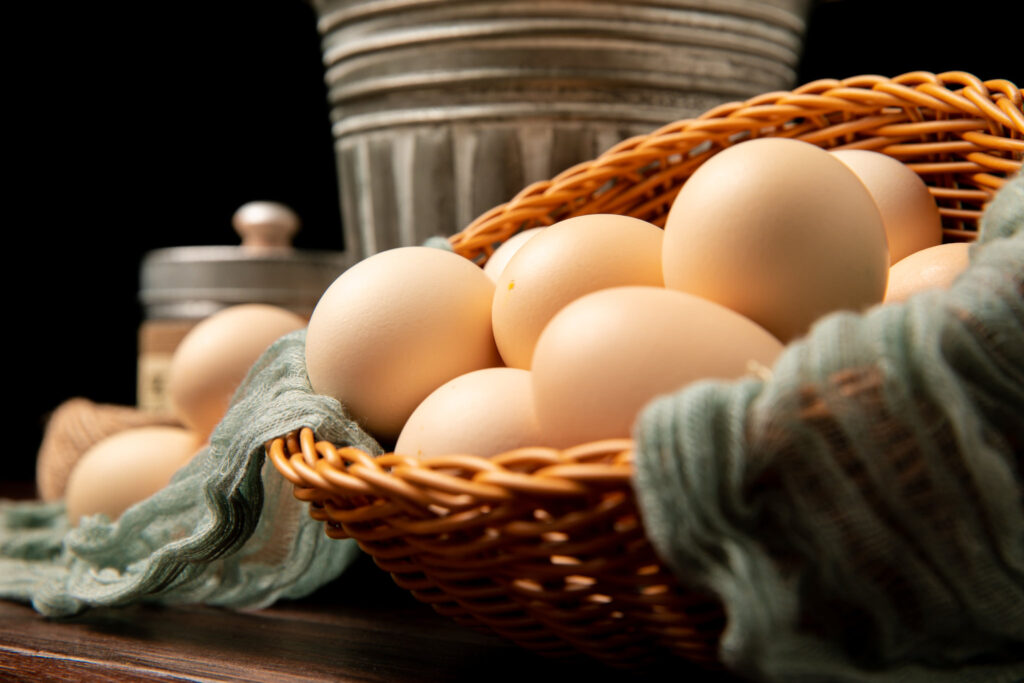Testing eggs for freshness is essential to ensure that they are safe to eat. Here are a few methods to check the freshness of eggs:
- Water Test:
- Fill a bowl with cold water.
- Gently place the egg in the water.
- Observe the egg’s behavior:
- Fresh Egg: If the egg lies flat on the bottom or stands upright on the bottom, it is very fresh.
- Slightly Older Egg: If the egg tilts but doesn’t stand upright, it’s still good but not as fresh.
- Stale or Bad Egg: If the egg floats to the top, it has likely gone bad and should be discarded.
- Candling:
- Candling is a method where you shine a bright light through the egg in a dark room.
- Hold the egg up to a light source, such as a flashlight or a candle.
- A fresh egg will have a clear, well-defined, and round yolk and a clear egg white.
- If the egg shows dark spots, shadows, or a cloudy appearance, it may be old or spoiled.
- Crack and Smell Test:
- Crack the egg into a clean, odor-free bowl.
- A fresh egg will have a clean, slightly sweet smell.
- If the egg smells bad or has a sulfuric or rotten odor, it has likely gone bad.
- Egg White and Yolk Separation:
- Crack the egg onto a flat surface.
- A fresh egg will have a firm, tall, and rounded yolk.
- The egg white should be thick and not spread too much.
- If the yolk is flat and the egg white is thin and spreads out, the egg may be older.
- Shake Test:
- Gently shake the egg near your ear.
- A fresh egg will make little to no sound.
- If you hear a sloshing sound, it may indicate that the egg is older, as the egg white and yolk tend to break down over time.
Remember that these methods are not foolproof, and it’s always best to use multiple methods to check the freshness of eggs. If you have any doubts about an egg’s freshness, it’s safer to discard it. Additionally, store eggs in the refrigerator to extend their shelf life.


